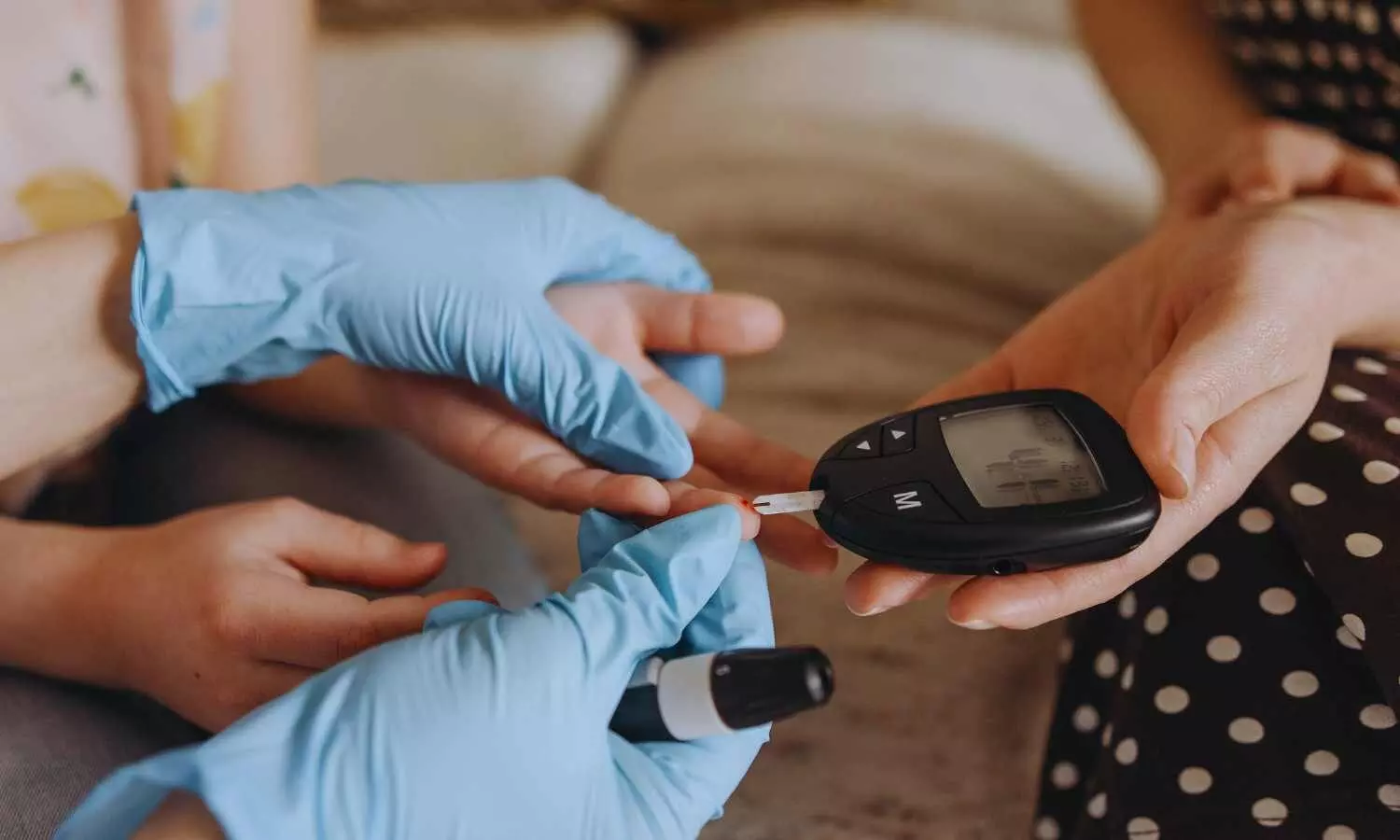From Data to Action: Study Identifying Determinants of Short Birth Intervals

Recent study focused on predicting short birth intervals (defined as less than 33 months) among reproductive-age women in East Africa, using supervised machine learning (ML) models to identify key determinants. Utilized recent Demographic and Health Surveys (DHS) data from 11 East African countries, including Uganda and Ethiopia, with a sample size of 100,246 women who had at least two consecutive live births. Implemented a two-stage stratified cluster sampling technique to ensure representation of both urban and rural populations. Employed various techniques, including data cleaning, normalization, feature selection through Recursive Feature Elimination (RFE), and handling missing data via mode imputation. Continuous variables were discretized for improved model interpretability. Utilized Python libraries (Pandas, scikit-learn) to build models, including Random Forest (RF), Decision Tree (DT), Logistic Regression (LR), and Naive Bayes (NB). The dataset was split into training (80%) and testing (20%) sets for evaluation. The Random Forest model achieved the highest accuracy (79.4%), precision (79.0%), recall (91%), and F1-score (84%), outperforming DT and LR. Important factors included: – -Age-: Women aged 15-24 had higher risks of short birth intervals. Higher risks were associated with having 2-3 children. Women from poorer households exhibited increased rates of short intervals. Lack of education correlated with shorter birth spacing. Limited access and exposure influenced family planning decisions. The reliance on self-reported data from DHS, which could lead to potential biases. The findings may not fully represent populations in regions not included in the study. Although supervised ML models were effective, the inherent complexity might not be easily interpretable for public health practitioners. The study successfully applied machine learning to predict short birth intervals and uncover significant determinants, emphasizing the need for enhanced family planning services and maternal education in East Africa. Recommendations included integrating ML models into public health strategies to inform policy-making and improve maternal and child health outcomes. The research underscores the importance of addressing underlying socioeconomic factors to improve birth spacing practices.
Key Points
– -Data Utilization and Methodology-: Analyzed data from Demographic and Health Surveys (DHS) across 11 East African countries, focusing on a robust sample of 100,246 women with at least two consecutive live births. A two-stage stratified cluster sampling ensured diverse representation from urban and rural areas.
– -Data Processing Techniques-: Implemented comprehensive data preprocessing methods, including cleaning and normalization, feature selection via Recursive Feature Elimination (RFE), and mode imputation for missing values. Continuous variables were transformed for better model interpretability.
– -Modeling Approach-: Employed various supervised machine learning algorithms such as Random Forest, Decision Tree, Logistic Regression, and Naive Bayes, utilizing Python libraries for model development. The dataset was partitioned into training (80%) and testing (20%) sets, facilitating thorough evaluation of model performance.
– -Performance Metrics-: The Random Forest model demonstrated superior efficacy, achieving an accuracy of 79.4%, precision of 79.0%, recall of 91%, and an F1-score of 84%, surpassing the performance of the other modeling approaches.
– -Determinants of Short Birth Intervals-: Identified critical factors influencing short birth intervals, highlighting that younger women (15-24 years), those with 2-3 children, lower socioeconomic status, lack of maternal education, and restricted access to healthcare and media exposure were significantly associated with increased risks of shorter birth spacing.
– -Recommendations and Policy Implications-: Encouraged the integration of machine learning techniques into public health frameworks to enhance family planning services and promote maternal education. The study emphasized addressing socioeconomic factors to improve birth-spacing practices and overall maternal and child health outcomes in East Africa.
Reference –
Tirualem Zeleke Yehuala et al. (2025). Exploring Machine Learning Algorithms To Predict Short Birth Intervals And Identify Its Determinants Among Reproductive-Age Women In East Africa. *BMC Pregnancy And Childbirth*, 25. https://doi.org/10.1186/s12884-025-07668-z.
Powered by WPeMatico












